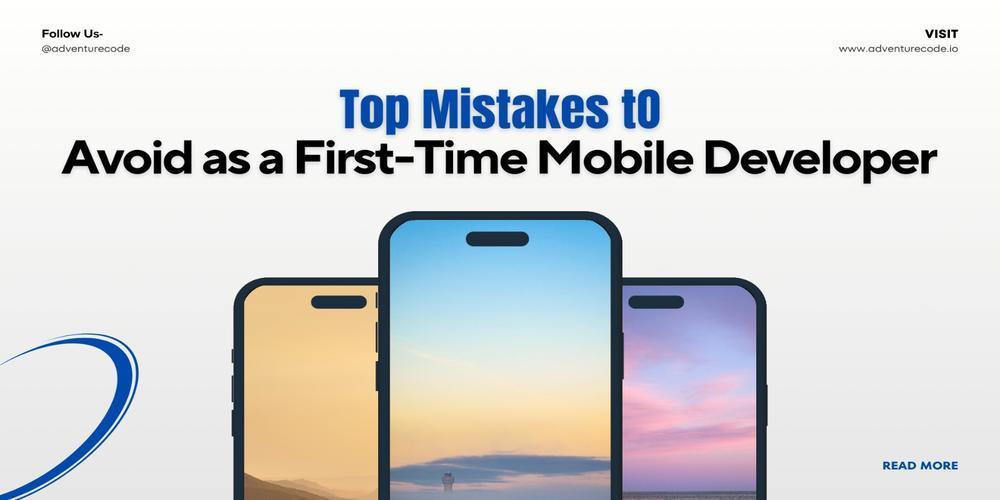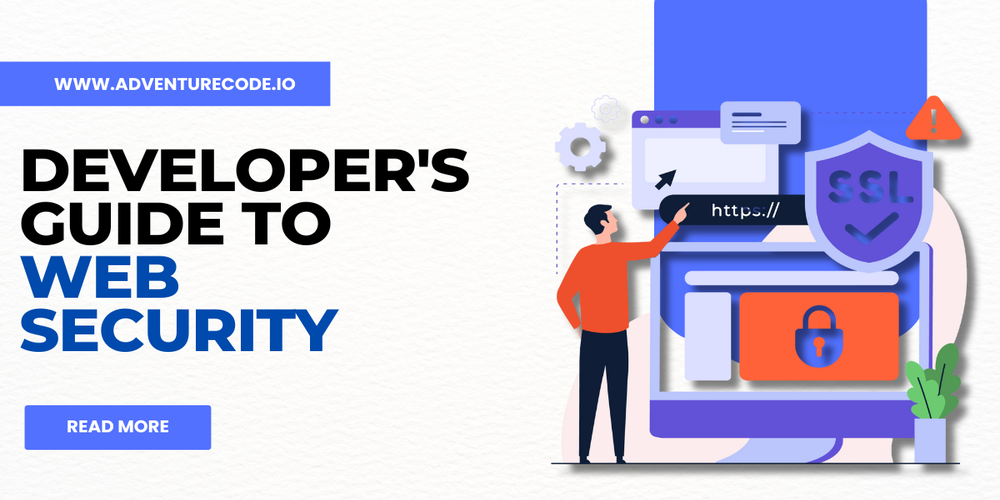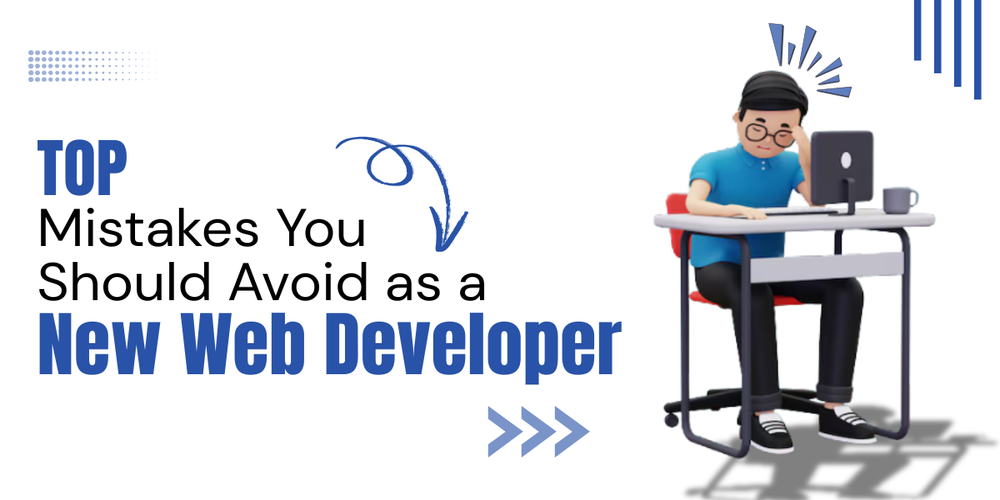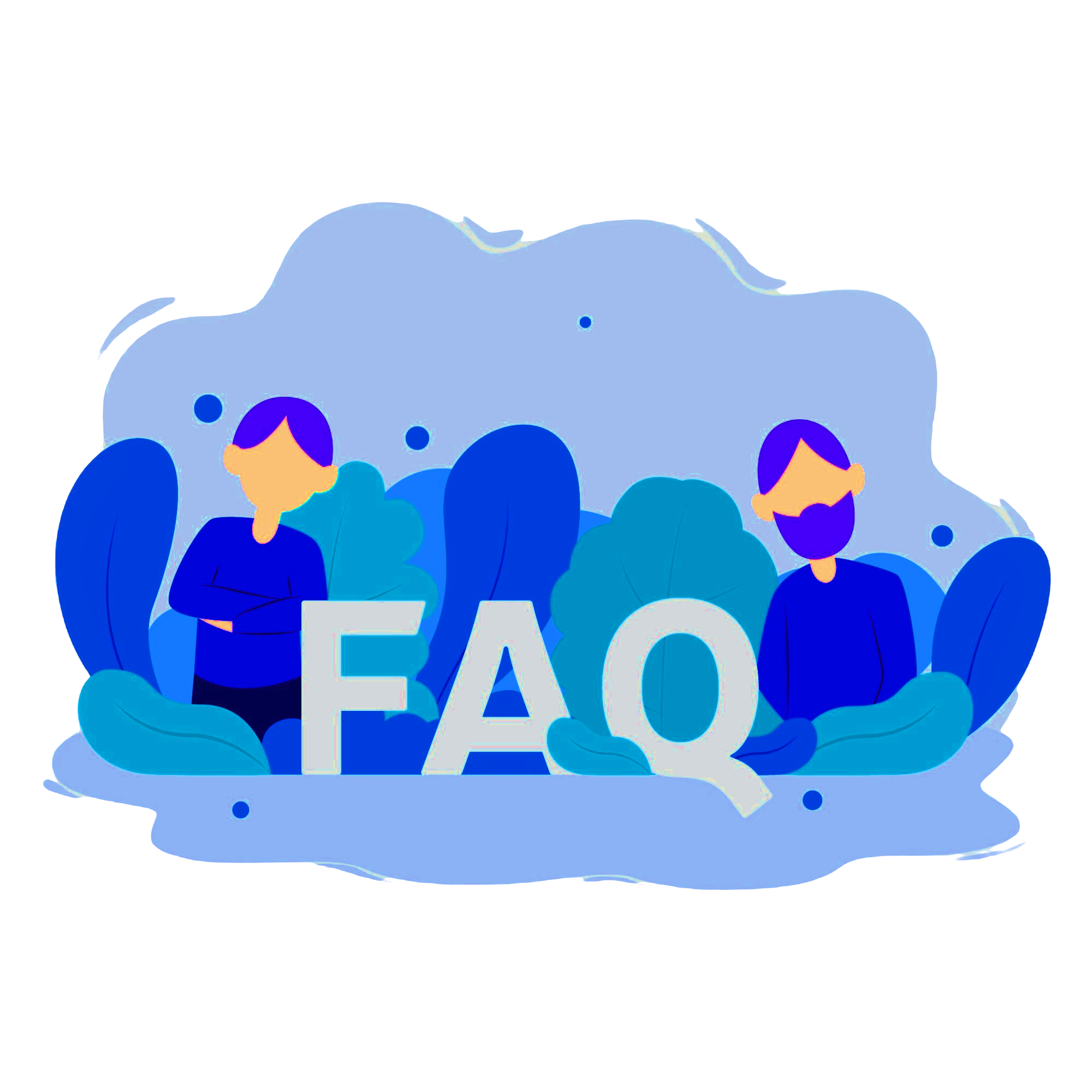What is meant by web performance?
Web performance is the speed and efficiency with which web pages load and respond to user interaction. It includes aspects such as Page Speed Optimization, server response times, and Core Web Vitals, which measure how fast content appears and becomes usable to the user. A well-optimized website ensures users a smooth, responsive experience across devices and networks. Optimizing performance is essential in an era of high expectations and short attention spans. Developers must create visually appealing and technically robust websites to deliver fast and consistent user experiences.
Why Web Performance Is Important
Performance plays an important role in visibility on search engines, user engagement, and conversions. A slow-loading site can increase bounce rates, reduce session times, and lose revenue. Research indicates that even a delay of just one second in page loading time can negatively impact customer satisfaction and loyalty. That’s why Web Performance Optimization is critical—search engines like Google factor Page Speed Optimization into their rankings. Sites that perform well gain a competitive edge, improve retention, and cater to diverse user needs, reinforcing the importance of prioritizing Core Web Vitals in development.
The following are Top Web Performance Tips Every Developer Should Know:
1. Optimize and Reduce Image Size
Images often take up the most space on a webpage, making them a priority in Web Performance Optimization. Use advanced formats like AVIF or WebP to compress images without losing quality. Tools like ImageOptim and TinyPNG help minimize file sizes efficiently. To further improve Page Speed Optimization, apply responsive image techniques such as srcset to deliver the appropriate image size for each user’s device and resolution.
2. Lazy Loading
A technique known as "lazy loading" delays the images and iframes to load until they are required, typically when the user sees them. This technique conserves bandwidth, reduces initial load time, and enhances user experience, especially on media-heavy websites. By postponing the load of non-critical elements, Lazy Loading allows faster access to essential content, boosting both Page Speed Optimization and user satisfaction.
3. Use Asynchronous Loading and Minimize HTTP Requests
To achieve effective Web Performance Optimization, it’s vital to reduce HTTP requests by merging multiple CSS and JavaScript files when possible. Avoid unnecessary plugins that generate extra requests. Use async and defer attributes when loading JavaScript to prevent render-blocking, which improves Core Web Vitals and ensures faster page load. These strategies contribute to a smoother, more responsive browsing experience.
4. Minify HTML, CSS, JavaScript
Minify HTML, CSS, JavaScript to strip out unnecessary characters, whitespace, and comments from your code. This process significantly reduces file sizes, resulting in faster downloads and rendering. Tools such as UglifyJS, CSSNano, and HTMLMinifier are perfect for this task. By using them, developers can streamline code without sacrificing functionality, enhancing Page Speed Optimization and boosting both SEO and usability.
5. Browser Caching
Browser Caching improves site speed by storing static files—like images, stylesheets, and scripts—locally in a user’s browser. This eliminates the need to download these files again on future visits. Setting proper cache-control headers allows developers to specify how long files should remain cached, easing server load and contributing to faster load times and improved Core Web Vitals on repeat visits.
6. Content Delivery Network (CDN)
Website performance can be enhanced by distributing content across a Content Delivery Network (CDN). A CDN reduces latency and speeds up your website's load time by delivering data from the nearest server to the user. Additionally, a CDN provides redundancy and load balancing, increasing uptime and reliability for users around the world.
Conclusion
Web Performance Optimization goes beyond just speed—it’s about creating efficient, accessible, and engaging experiences for users. Developers have a responsibility to incorporate performance best practices from the start of every project. By using these six essential tips—ranging from Lazy Loading and image optimization to Minify HTML, CSS, JavaScript, Browser Caching, and Content Delivery Network (CDN)—You can ensure that your websites are search engine optimized, fast, and simple to use. In the digital world, great performance is the foundation of success.






